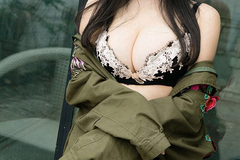
Meihu was originally called "Mihu", also known as "tune", "Qingqu", which gets its name from its graceful fascinating tune. It is especially popular in Linyi, Yanhu district, Wanrong and other counties in the south of Shanxi. Meihu was originally a form of folk song, which gradually developed into rap in the long process of development. In order to make a living, some blind people and poor people made it popular by its accompaniment of four-page tile beat time and three-string music and they sang this style on the street or on weddings and funeral occasions. This kind of rap then developed into a domestic drama with amateur actors dressing up and performing on the stage. Finally the professional performance groups appeared so that Yuncheng Meihu began to enter the mature stage.
The aria music of Yuncheng Meihu is a Qupai style (the names of the tunes to which qu are composed), with 72 major and 36 minor keys. It is rich in content and widely spread in the region. On the basis of absorbing Puzhou Clapper's procedures of sleeve, cap, wing, boots, feather, chair and veil, its performance has formed its own unique style. People spread it by word of mouth and it was very popular. "Selling Water", "Burning Bowl", "Ruyi Shop", "Dajing Temple", "Three Jinshi", "Zhanglian Selling Cloth" are all its representative works. In Yuncheng area, singing Meihu has become one of the indispensable contents in the wedding, funeral and jubilation ceremony of the ordinary people. Its folklore, sociological significance and artistic value are equally important.



